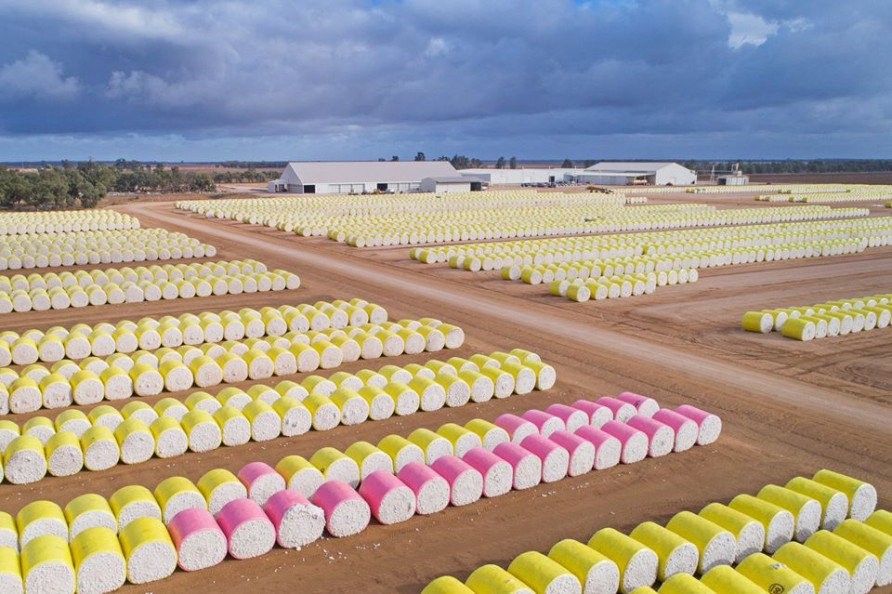USDA’s first detailed forecast for the 2019/20 marketing year shows world ending stocks forecast down for the sixth consecutive year. However, stocks outside of China will grow after declining in 2018/19 and reach a record of nearly 45 million bales.
Apart from China, ending stocks are forecast to increase in nearly all major producing and consuming countries as global production remains high relative to consumption due to Brazil’s record crops and the large increase in U.S. production.
In contrast, China’s ending stocks are forecast to fall for the fifth consecutive year and be less than half the level seen at the end of China’s reserve buying in 2014/15. Flat production, continued reserve sales, and consumption growth in China will combine to work stocks down.
U.S. stocks will rise sharply due to a dramatically larger forecast crop and continued restrictions on U.S. exports to China.
Global consumption is forecast to grow to a record of just under 126 million bales. World consumption will have gained 16 million bales since the low following the 2009 global financial crisis. Growth is slightly above the long-term average and is expected in all of the top ten spinning countries except Indonesia, with continued strong growth forecast for Vietnam and Bangladesh. Consumption in China is expected up at near the world pace.
Global production in 2019/20 is forecast nearly 6 percent higher. A sharply higher U.S. crop will provide well over half of the higher production with India accounting for most of the rest. Production in the Southern Hemisphere will be down sightly as expansion in Brazil takes a breather after seeing nearly 40 percent growth in 2018/19 and Australia continues to face serious water shortages. Production in China will remain stable.
In 2019/20, for the fourth consecutive year world trade is expected to expand. Both the United States and Brazil will have large exportables supplies: a record late harvested 2018/19 Brazilan crop which will be followed shortly on the market by the sharply higher 2019/20 U.S. crop.
The expanded world trade will be driven by higher use in importing countries. Vietnam and Bangladesh imports will continue commensurate with their expansion in spinning. China’s imports are nearly 30 percent higher as a shift in its State Reserve policy – from reducing to rotating reserves – is bringing China back strongly into the global market.


